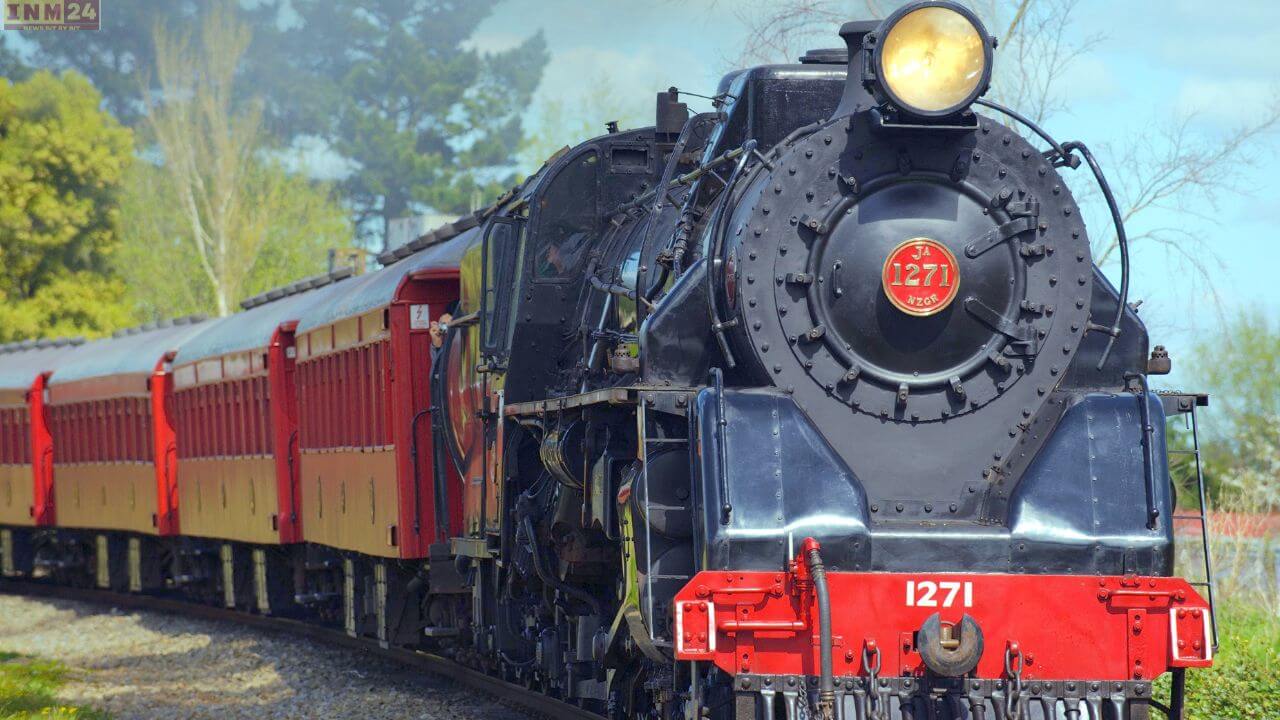The Indian Railways, often referred to as the lifeline of India, serves millions of passengers daily. With its emphasis on safety and comfort, passengers trust train travel for their journeys. To ensure the well-being of passengers, various rules and regulations are implemented by the railways. One such aspect that passengers might not be aware of is the placement of general coaches at the front and rear of trains.
Reasons for Placement
The placement of general coaches at the front and rear of trains follows a systematic approach. Trains are equipped with different types of coaches such as AC, sleeper, and general coaches. Placing general coaches at the ends serves the convenience of passengers. Since general coaches tend to experience high footfall, positioning them in the middle would inconvenience passengers and hinder the flow of movement. Placing them at the ends ensures passengers can easily navigate through the train without disruption.
Maintaining Balance
Another reason for this arrangement is to maintain the balance of the train. With general coaches positioned at both ends, the weight distribution is balanced throughout the train. This ensures stability and smooth operation of the train, especially during turns and curves.
Ease of Platform Access
Positioning general coaches at the front and rear also helps in managing crowd flow on platforms. Passengers boarding and alighting from the train are divided into two groups, with some heading towards the front and others towards the rear. This division helps railway officials in managing emergencies and controlling crowded situations on platforms effectively.
Facilitating Ticket Checking
This arrangement also simplifies the task of ticket checking authorities. With general coaches located at the ends, ticket inspectors can easily access coaches for ticket verification without having to navigate through crowded compartments. This ensures efficiency in ticket checking procedures and contributes to smoother operations.
The placement of general coaches at the front and rear of trains serves multiple purposes, including passenger convenience, maintaining balance, managing platform crowds, and facilitating ticket checking procedures. By adhering to this systematic arrangement, the Indian Railways ensures a safe, comfortable, and efficient travel experience for passengers across its vast network.
